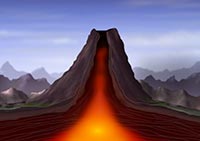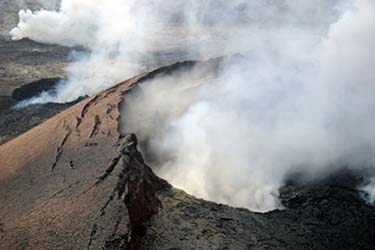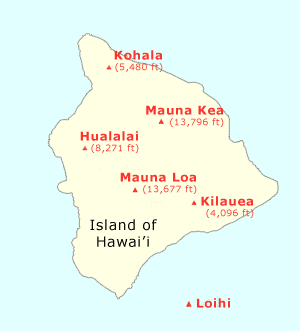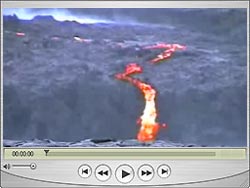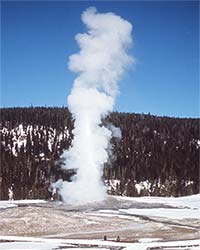What Is a Volcanic System?
A volcano is defined as any opening in the surface of a moon or planet that allows underlying material to reach the surface—often explosively, but not always. A volcano boils down to two key ingredients: a vent, the opening through which volcanic materials issue forth, and magma, molten rock beneath the surface of the Earth.
This description sounds simple, but there’s rarely one vent and one volcano. Think, instead, in terms of volcanic systems—multiple openings and groups or chains of volcanoes centered on a ready source of magma.
|
Once the magma emerges and becomes the liquid rock flowing from a volcano, its name changes to lava. The same name is also given to the solidified rock formed when the liquid rock cools.
For example, hot-tempered Mount Etna on the island of Sicily, Italy, is capped by not one but four large calderas. A caldera is a large, circular depression at the top of a volcano. It forms after an eruption, when the magma has left the underground reservoir. On Etna, each crater has a deep, pipe-shaped central vent. The mountain’s rocky slopes are pocked with several hundred small side vents. All of these openings share a source of magma, which is what makes Mount Etna one volcano, and yet they can erupt independently of each other. Each time one goes off, the entire volcanic system can change—magma shifts, pressures and temperatures increase in one area and decrease in another, new vents open or old ones plug up with rock, and so on.
 |
Photo courtesy of NASA. This aerial view of Mount Etna shows two major craters, NE Crater (1) and Central Crater (2), plus a series of other craters running down the center of the photo. Mount Etna is one of the most regularly active volcanoes in the world. |
Like Krakatau, which was made of three volcanoes, the island of Hawaii is a multi-volcano system, with another one on the way. The island consists of five busy volcanoes, plus little Loihi [lo-'ihi], which is still underwater but poised to surface. The volcanoes hug each other so tightly that it’s hard to tell them apart. The largest one, Mauna Loa, gives part of its southeast flank to the smaller Kilauea [kee-lah-WAY-ah]. Despite sharing real estate, the two peaks are considered distinct volcanoes because they draw on different magma chambers (though the chambers are filled from the same deeper source). As with Mount Etna, the eruption of one volcano can affect the entire system.
|
Photo courtesy of Yellowstone National Park, National Park Service. Geysers erupt when magma heats underground water to a critical point where the liquid vaporizes into steam, which shoots out of a vent, cools into liquid, and then trickles back underground to start the cycle over. The presence of underground water—and its potential to burst into steam—makes any volcanic blast more explosive. |
One of the world’s biggest volcanic systems stretches over much of Yellowstone Park in northern Wyoming, in the United States. The land the park is on is an incredibly giant caldera, filled with steam-spouting geysers, hot springs and acid lakes, and burping mud pots. All of these spectacular sights are due to blister-hot magma that’s dangerously close to the surface.
Every volcanic system is unique, and these three examples point up some of the diversity and complexity that can grow out of that simple starting point—a magma-spewing vent.
This content has been re-published with permission from SEED. Copyright © 2025 Schlumberger Excellence in Education Development (SEED), Inc.


